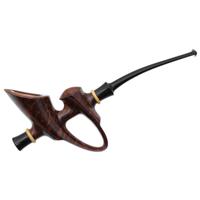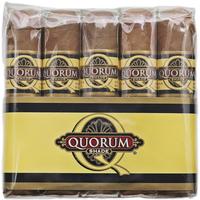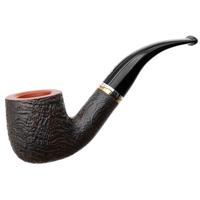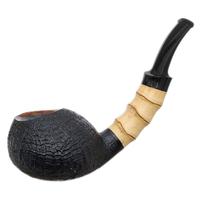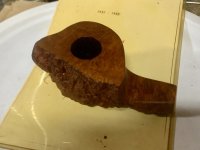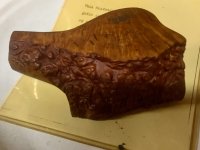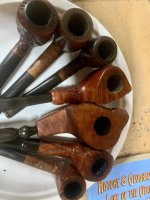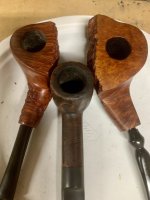The price was $150 for both, which arrived carefully smoked, from New York, immaculately cleaned, with a double copy of a Robert L Marx signed folio in an age yellowed plastic sleeve.
Geeezus. These aren’t fakes. Nobody faked a Marx pipe in 1987. No one but Bob Marx had this stamp commissioned:

Robert L Marx began Marxman at age 29 and sold out before he was 50.
And in 1987, he claimed to have invented the freehand pipe in 1937, and he made at least 30 examples.
He’d have been about 83.
He even had a new commemorative 50 year stamp made, which the large tan pipe has, and the smaller stained pipe does not. Both have a Robert L Marx signature stamp. The stems are modern, from 1987. Somebody lovingly smoked them both.
I’m asking the seller where she got these from.
These look like Bob himself kept these back as souvenirs.
At the pipe shows, Bob Marx smoked these and displayed that yellowed card. Neither of his pipes had numbers. The customer got a numbered pipe with a matching number autographed folio.
He sat there at his table at pipe shows, and told the story about creating the freehand pipe in 1937, and peddled these. These were demonstrators. The large tan one is to show the rough finished pipe, and the stained carved one is what the customer got, each serialed.
What else makes sense?
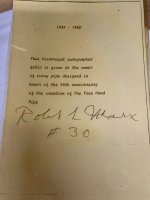
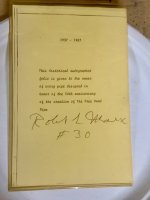

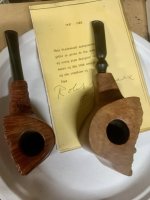
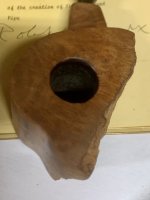
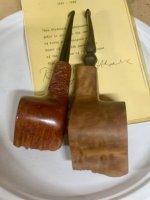

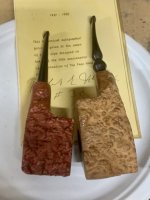
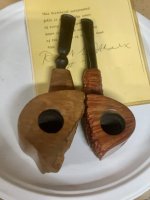
Geeezus. These aren’t fakes. Nobody faked a Marx pipe in 1987. No one but Bob Marx had this stamp commissioned:

Robert L Marx began Marxman at age 29 and sold out before he was 50.
And in 1987, he claimed to have invented the freehand pipe in 1937, and he made at least 30 examples.
He’d have been about 83.
He even had a new commemorative 50 year stamp made, which the large tan pipe has, and the smaller stained pipe does not. Both have a Robert L Marx signature stamp. The stems are modern, from 1987. Somebody lovingly smoked them both.
I’m asking the seller where she got these from.
These look like Bob himself kept these back as souvenirs.
At the pipe shows, Bob Marx smoked these and displayed that yellowed card. Neither of his pipes had numbers. The customer got a numbered pipe with a matching number autographed folio.
He sat there at his table at pipe shows, and told the story about creating the freehand pipe in 1937, and peddled these. These were demonstrators. The large tan one is to show the rough finished pipe, and the stained carved one is what the customer got, each serialed.
What else makes sense?








Last edited:



